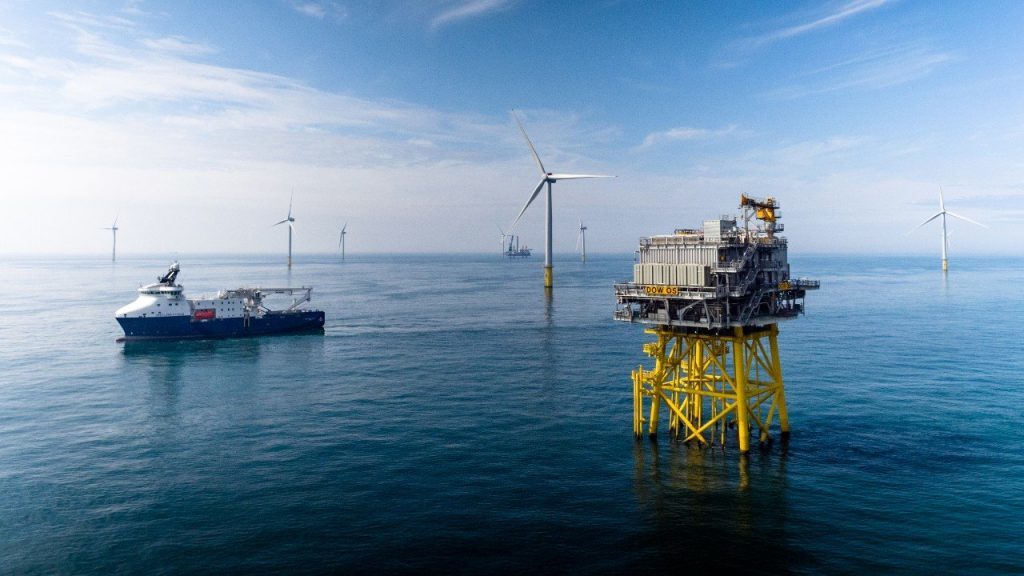
Objects dropped during the installation of offshore wind farms pose a “health and safety” risk to the sector’s record, a new report has claimed.
According to new white paper published by dropped objects prevention technology firm Dropsafe, dropped objects are an “ever-present, increasing threat to safe and cost-effective project development and operations in offshore wind”.
The report adds that the industry must take action to avert damage to the “reputation of a major player” or create an incident rate where “costly regulatory action must be taken”.
Dropsafe said that concerns surround materials carried by personnel, lifted or carried from support vessels, or smaller items fitted to the wind turbine, like nuts and bolts, lights, ventilation louvres or hatches, falling from height.
Mike Rice, commercial director, Dropsafe, said: “In offshore wind, a tough and unforgiving environment, reputation is key. And in order to maintain current growth and industry momentum, it is the responsibility of businesses throughout the supply chain to consistently demonstrate that an offshore wind farm is not just a clean, reliable source of power, but also remains a safe place to work, all the way through its lifecycle.
“The industry is under pressure to keep a lid on costs, but this approach in pushing towards a lower levelized cost of energy cannot come at the expense of health and safety best practice.”
According to industry body G+, dropped objects were highlighted as an ongoing safety issue offshore, with 169 incidents last year and 47% occurring on a wind turbine.
G+ is a health and safety group made up of operators including SSE, Scottish Power Renewables, and Vattenfall, covering the North Sea and other parts of Europe, as well as the US east coast.
Mr Rice added: “Our experience from the offshore oil and gas markets shows that dropped objects present a fourfold threat to the safety of personnel, the integrity of equipment, financial performance, and ultimately the reputation of offshore wind firms and their high-profile stakeholders.”
“Yet, despite this ever-present threat, the offshore wind industry has yet to follow the lead of other marine industries, both in reporting incidents, and in adopting robust mitigation measures across turbine and vessel fleets. This ultimately puts the sector at risk of having uniform regulations and standards imposed upon it that jeopardize its ability to manage long-term costs in a sustainable manner.”
